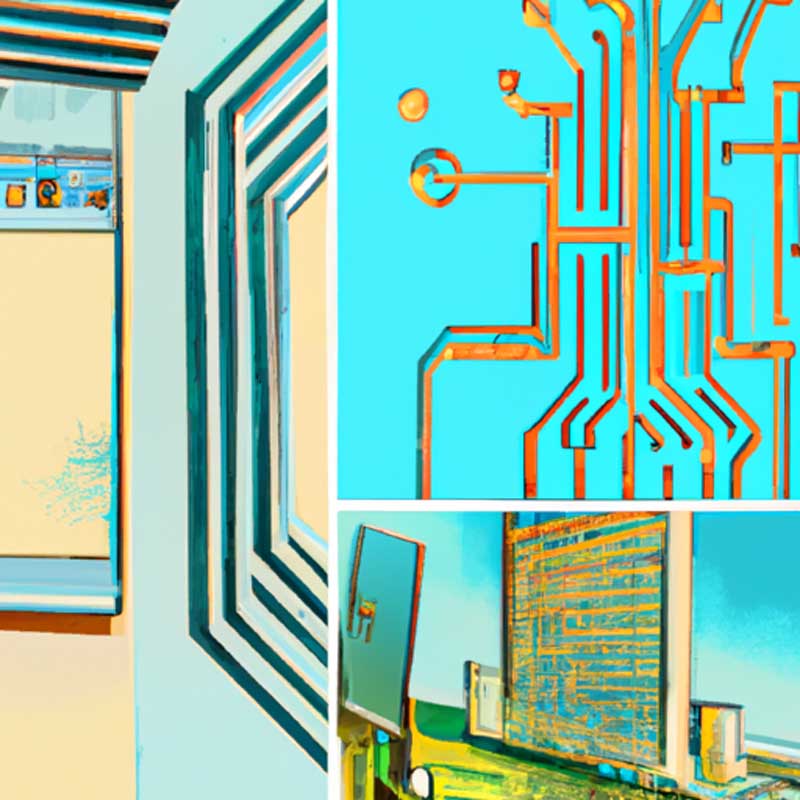DeepMind’s artificial intelligence (AI) model, FunSearch, has reportedly found a new solution to the longstanding ‘cap set puzzle,’ marking a significant development in AI contributions to mathematics. Key points include:
- FunSearch discovered new constructions for large cap sets, a problem that has eluded mathematicians for decades.
- According to researchers, this is the first time a large language model (LLM) has made a novel scientific discovery.
- FunSearch utilizes both a pre-trained LLM and an automated ‘evaluator’ to prevent the production of false information, transforming initial solutions into new knowledge.
The ‘cap set puzzle’ is a complex mathematical problem focused on determining how many dots can be joined on a page without three of them ever forming a straight line. Despite decades of attempts, no definitive solution has been found, with researchers only managing to find solutions for smaller dimensions.
DeepMind’s FunSearch model was able to discover new constructions for large cap sets that significantly exceed previously known ones. While the solution does not resolve the cap set puzzle entirely, it presents new scientific knowledge previously undiscovered, marking a milestone in AI and scientific research.
Unlike previous AI approaches, FunSearch combines a pre-trained LLM with an automated ‘evaluator.’ This function plays a crucial role in preventing LLM’s common pitfall of generating false information or ‘hallucinations’ and enables the model to convert initial solutions into new, verifiable knowledge. This property makes FunSearch a promising tool for scientific research.
Remarkably, FunSearch also reveals the process of how its solutions are constructed, not just the solutions themselves. This feature offers scientists further insights and can potentially drive a cycle of continuous improvement and discovery.
In conclusion, DeepMind’s FunSearch has made a significant stride in AI’s contribution to mathematical problem-solving. The model’s ability to generate new scientific knowledge and provide insights into the construction of its solutions could influence further research and development in integrating AI in scientific explorations.
